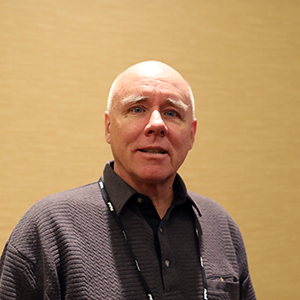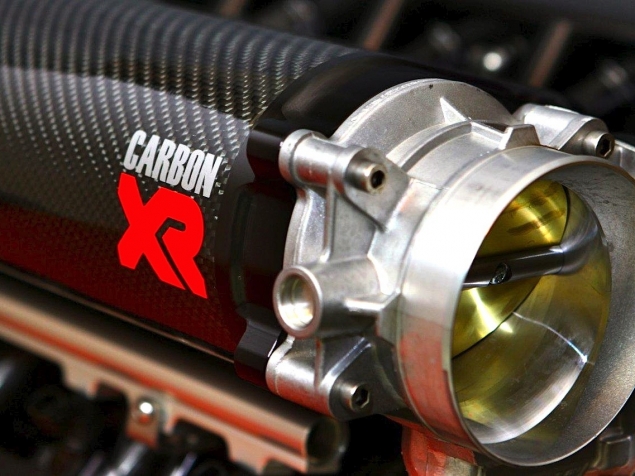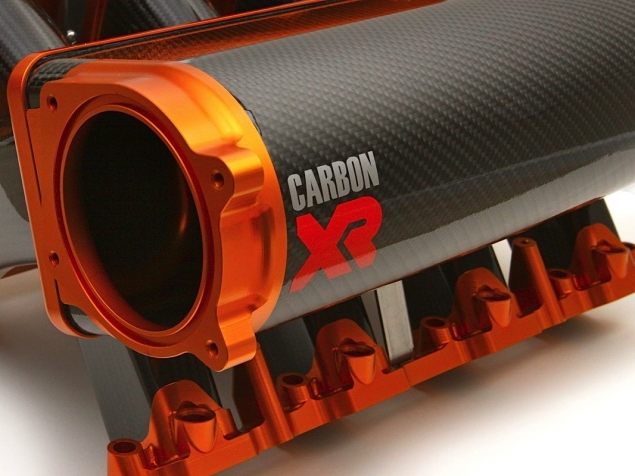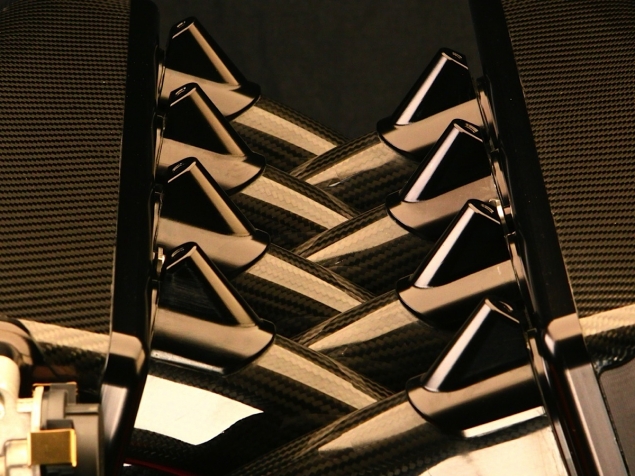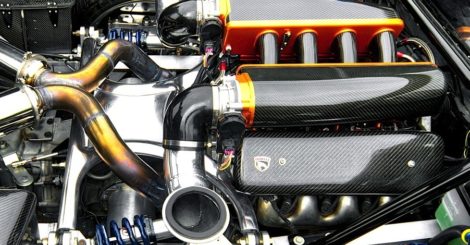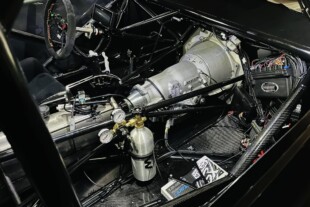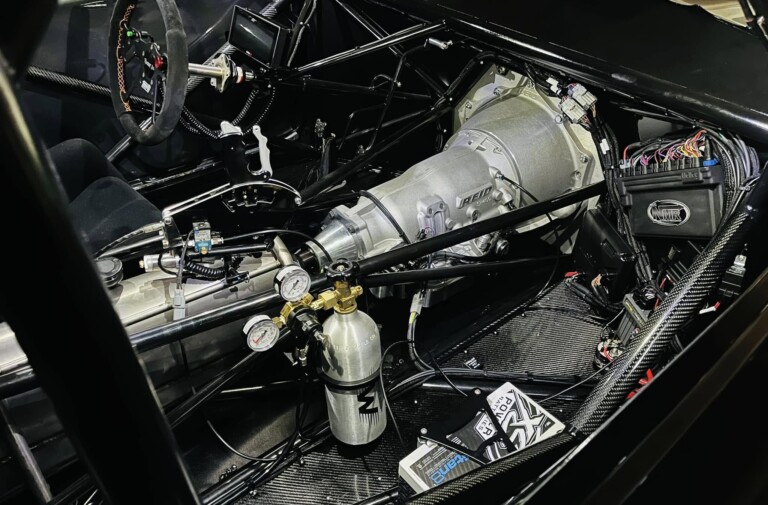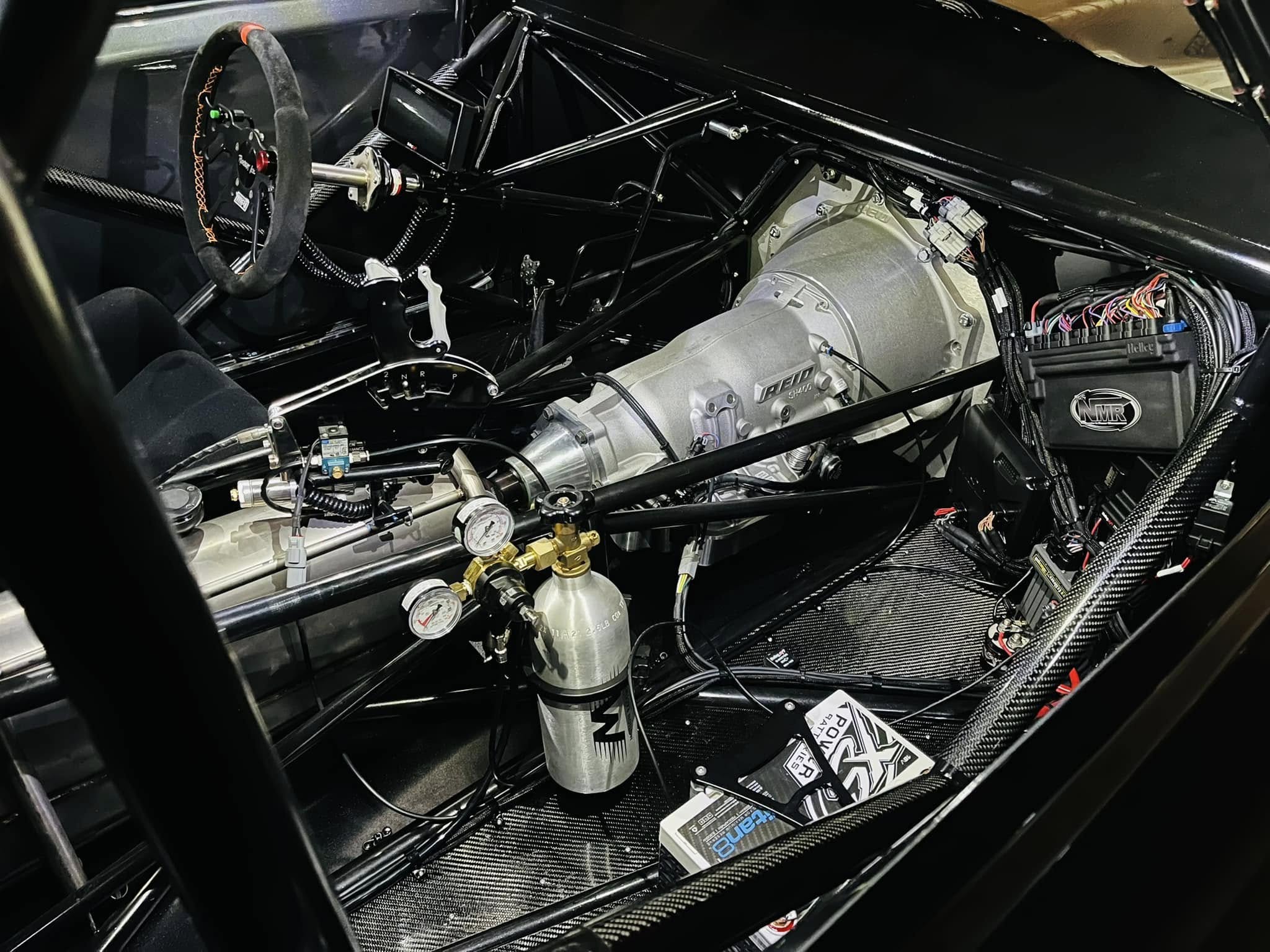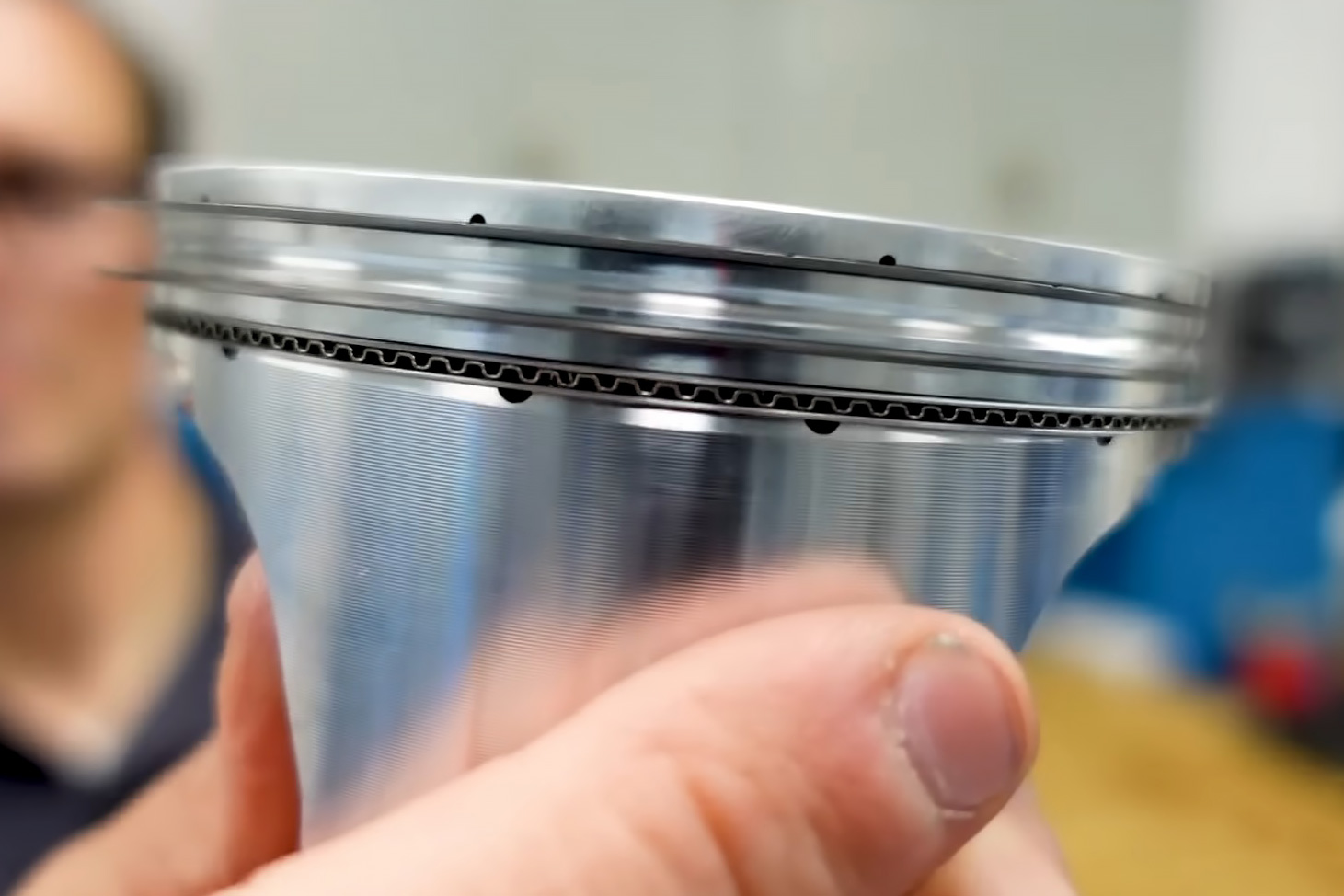How much is the “wow” factor worth when building an engine?
For street rods, boats, sand buggies and exotic cars, aesthetics in the engine bay are likely as important as performance. To that end, the Carbon XR intake manifold from Performance Design is a polished gem looking for the right setting.
 Although the manifold has been shown at past SEMA shows and a number of production models have shipped, Performance Design just released a video showing dyno tests at Lingenfelter Performance from a year ago. Constructed of carbon fiber and billet aluminum, this dual-plenum cross-ram design is currently available only for LS7 engines with a LS3 version still in development. There’s a choice of twin 75mm throttle bodies for power applications up 900 horsepower (naturally aspirated), or twin 90mm throttle bodies will support up 1,300 horsepower. The intake accepts factory sensors and PVC routing.
Although the manifold has been shown at past SEMA shows and a number of production models have shipped, Performance Design just released a video showing dyno tests at Lingenfelter Performance from a year ago. Constructed of carbon fiber and billet aluminum, this dual-plenum cross-ram design is currently available only for LS7 engines with a LS3 version still in development. There’s a choice of twin 75mm throttle bodies for power applications up 900 horsepower (naturally aspirated), or twin 90mm throttle bodies will support up 1,300 horsepower. The intake accepts factory sensors and PVC routing.
With 12.5-inch long runners (factory intake runners are about 11.5 inches) and 7.2 liters of air volume in each plenum, this intake is tuned for torque. Tests on the Lingenfelter dyno resulted in a 48 lb-ft increase over the peak numbers of a factory LS7 intake, but there was also a jump of 33 peak horsepower. More important, the dyno chart demonstrates a consistent and steady performance advantage with Delta number gains of 52 lb-ft of torque and 56 horsepower at around 6,000 rpm.
Optional throttle-body sizes are available, and the billet aluminum pieces can be anodized in different colors.
“A lot of people struggle to believe it makes 50 until they see it for themselves,” says Caleb Newman, president of Performance Design. “Aside from putting on headers and a cam, there are not many more ways to pick up power naturally aspirated.”
Newman tells EngineLabs that extensive dyno tests were conducted early to evaluate designs that included crossover or “communication” tubes between the plenums. Three locations and numerous sizes and combinations were tested, all with limited results.
“We found it added complexity without gaining any top-end power,” says Newman. “The most it did was smooth out the torque curve but the cost benefit wasn’t worth it.”
Despite the power potential for the LS7 engine, the Carbon XR isn’t designed for the late-model cars that feature that potent powerplant. The XR stands rather tall at 11.6 inches from the block’s valley rails, so there’s a problem with packaging for the inlet air ducts. The primary market for this intake is in custom builds with generous real estate under the hood, such as a ’60s muscle car, exotic kit car or even an off-shore boat. And despite an emphasis on naturally aspirated dyno numbers, the manifold is well suited to boost.
“What’s good for N/A is usually good for a turbo, except cam overlap,” quips Newman.
With twin throttle bodies, the Carbon XR does require extra thought when installing in a vehicle.
The Carbon XR can be fitted with bosses for nitrous direct-port injection. It's designed mostly for custom applications as the tall height isn't a good fit under the hood of a late-model vehicle.
“There’s more integration involved if you run dual throttle-by-wire,” adds Newman. “Some have run a master drive-by-wire with a slave mechanical that follows. Of course, you can ran twin mechanical linkage but that requires synchronization.”
Other design notes for the manifold include injector positioning to aim the spray at the back of the intake valve and carbon-fiber construction for light weight and favorable heat-soak characteristics. A 5-axis CNC machine is used to fabricate the head flanges for exact port matching, and the intake is fully bonded with high-temp structural adhesive.
Numerous options are available to suit the variety of applications, including flanges to accommodate different throttle bodies, UV coating on the carbon fiber for protection and glossy appearance and additional bosses on the plenum to support special linkages, such as those that might be required on a boat. One customer even ordered bosses for nitrous port injection.
Base retail price is just under $5,000 and does not include injectors or fuel rails. The manifold will accept USCAR EV6 body injectors found on LS7/LS3 engines; however, LS9 or LSA injectors are not recommended due to a different targeting pattern. Performance Design can supply a fuel package, if requested.
“Our fuel rails are billet and heavily machined, so they’re lighter than others on the markets,” adds Newman.


